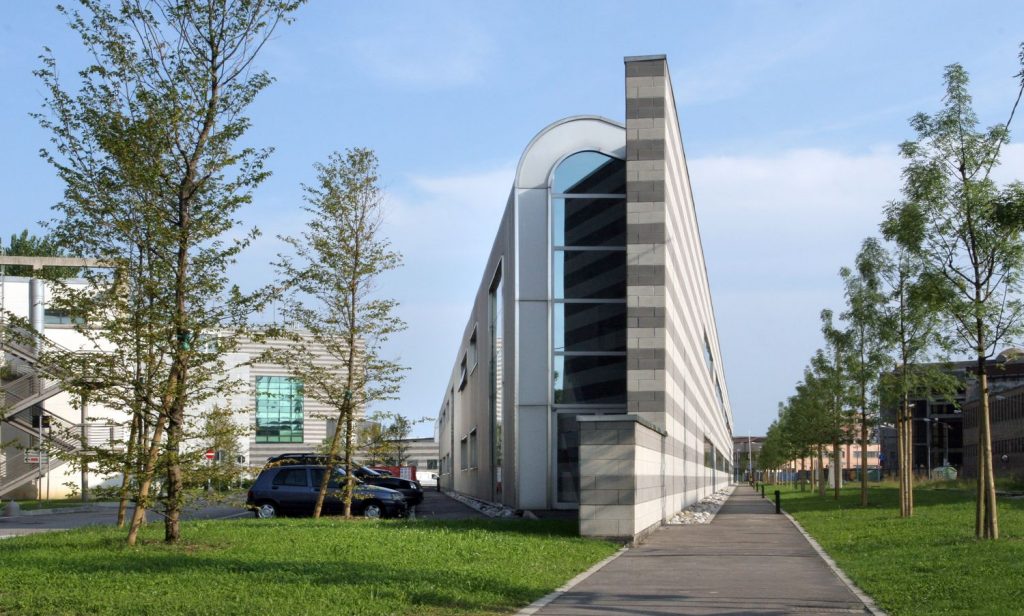QUANTITAS is a tech start-up, incubated at VEGA Technology Science Park in Venice, Italy. Its mission is to develop and offer businesses services and products related to the entire data processing and evaluation chain. QUANTITAS acquires processes and models the data, producing information immediately interpretable and usable by company management to make impact evaluation of their business decisions.
QUANTITAS was created to develop decision support systems in highly complex contexts, designing tools and setting itself the challenge to implement methodologies for collection, processing, analysis, and simulation of real-world data related to business decisions. As an innovative start-up, QUANTITAS invests a substantial part of its work in research by promoting exploration and development initiatives in the Big Data industry in private and public domain.
QUANTITAS helps private and public organizations to extract data knowledge and inform business decisions with advanced predictive analytics tools for impact evaluation and cost effectiveness analysis, and products with interactive modes and high impact, eye-catching dynamic data animation for presentations and demonstrations.
QUANTITAS believes in research and innovation, and this has spawned Q-Science, an area dedicated to developing Big Data analysis and synthesis methods. Q-Science is an open research space where method solutions, proof-of-principle contributions, and scientific publications are generated. In addition to traditional data sources (company DB, samples and panels), our target is big data (social, open, linked, sensing). Innovative solutions from Q-Science concern sampling methods for Big Data, analysis of complex network structures, information retrieval from unstructured data, decision support systems, and visualization tools.
The technologies employed by QUANTITAS to develop its products are based on PHP and JavaScript programming languages with the use of free libraries and open third party sources such as jQuery, d3.js, Angular, and CMSs like MySQL. As regards the analysis aspect, QUANTITAS extensively operates with the most widely used languages in the data science field such as R and Python. The technologies employed by QUANTITAS to develop its products are based on PHP and JavaScript programming languages with the use of free libraries and open third party sources such as jQuery, d3.js, Angular, and CMSs like MySQL.
As regards the analysis aspect, QUANTITAS extensively operates with the most widely used languages in the data science field such as R and Python. Futhermore #lastexpo project is a survey initiative conducted by Quantitas during a communication campaign for the Expo 2015 event in Milan. “Nutrire il Pianeta, Energia per la Vita” The primary objective of the event is to respond to global issues such as nutrition and food, but Expo Milano will at the same time represent an opportunity for visibility and development for our country: it will valorise agro-food excellences, promote food and wine traditions and give new life to innovation for a sustainable future. Just a few days before the official launch, #lastexpo is asking Italians to understand to what extent they believe that Expo Milano can be a driving force for relaunching the economy, if they think it will create new jobs and stimulate research and development. But more generally, #lastexpo intends to examine the lifestyles and behaviours that drive Italian consumption to reveal whether the initiative will be able to change the eating habits of the population. The survey is constructed as a big and colourful game, at the end it will return a personalized infographic with statistical information, curiosities and traditional recipes of the world’s cuisines”.
QUANTITAS develops and builds database, dashboards, advanced reporting systems and analytical software, survey and collaborative platform (for observing, but also for supporting giving mechanism and follow up funding scheme). Quantitas will start supporting since the initial design and progress phases of the analytical solution, working together URFS to analyze, create, design, and release a final analytical results.

